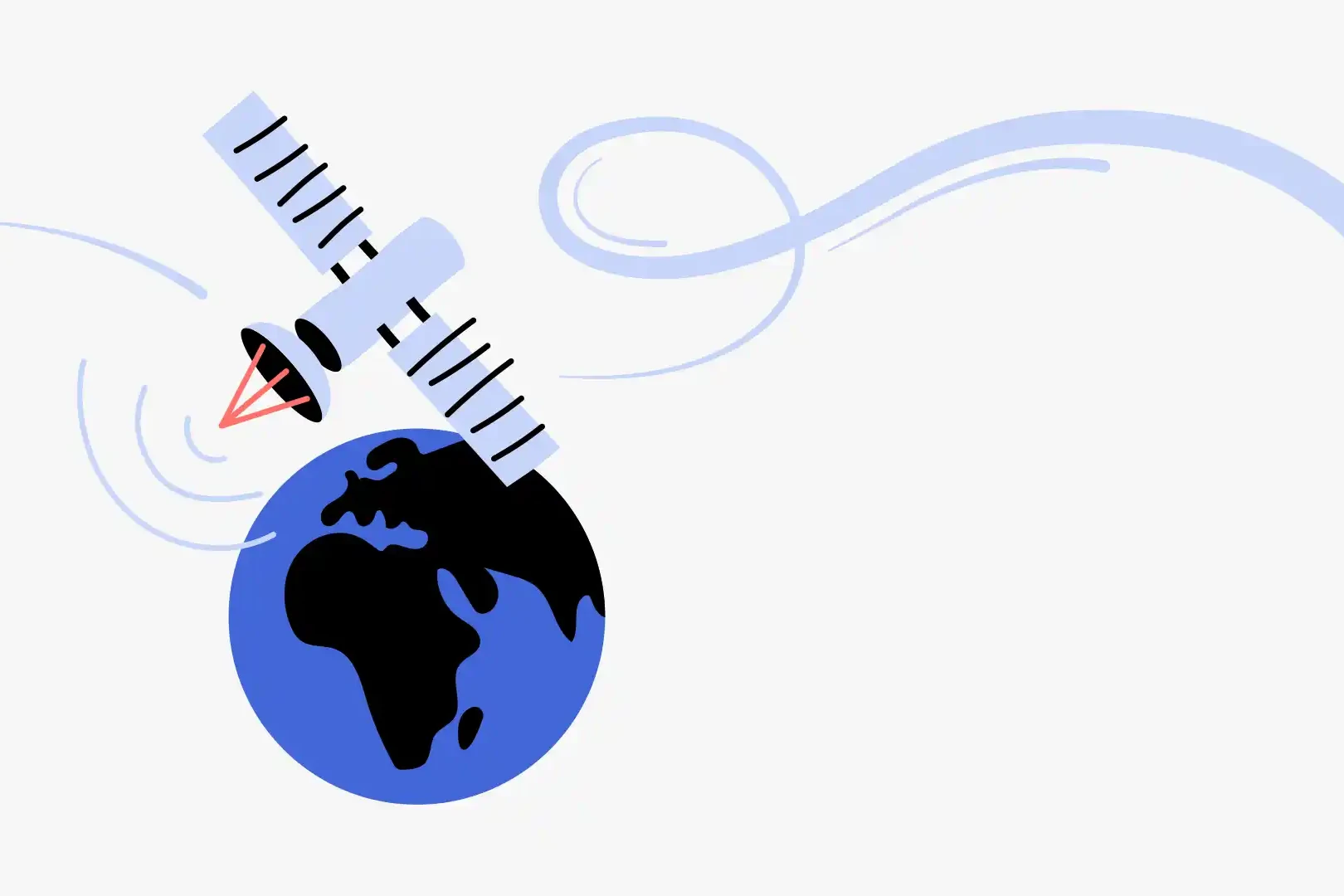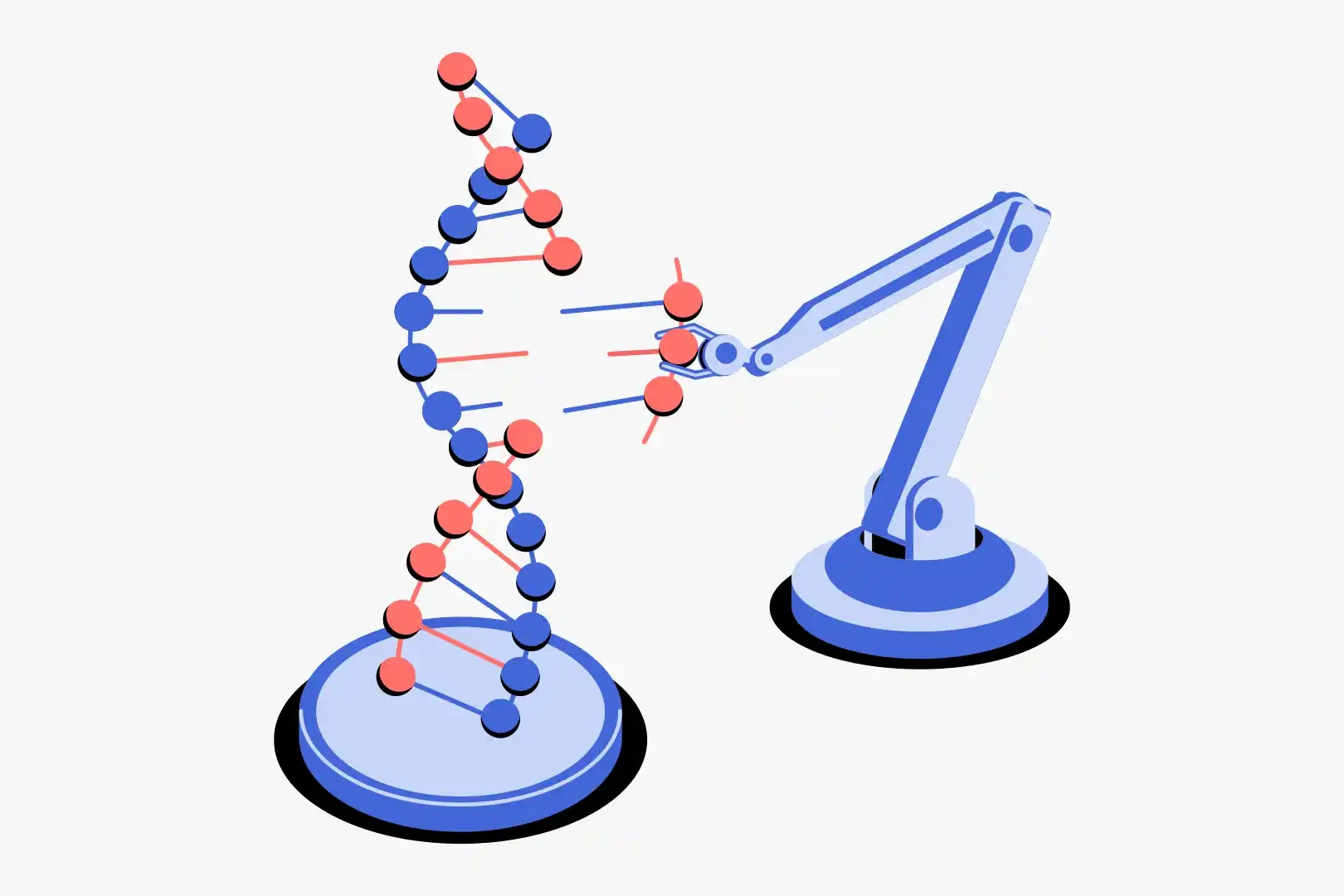A decade of visions – and a few failures
Eternal life, the metaverse, Google glasses: they came, they saw, but did they conquer? For the past ten years, the Schibsted Future Report has pried open the door to the future. It has seen a decade of visions – and a few failures. We decided to look back at some of the trends we highlighted in the course of those years to see how they turned out.
By Erica Treijs

A decade of visions – and a few failures
Eternal life, the metaverse, Google glasses: they came, they saw, but did they conquer? For the past ten years, the Schibsted Future Report has pried open the door to the future. It has seen a decade of visions – and a few failures. We decided to look back at some of the trends we highlighted in the course of those years to see how they turned out.
By Erica Treijs
Future Report 2018: Biking into the future
Cars and cities make a bad combination. A car takes up a lot of space. On average it stands idle 96% of the time, and when it does move, it’s like a heavy, dangerous, noisy colossus which, if run on fossil fuel, also causes global warming.
For obvious reasons, a bike takes up much less space. And in recent years this 200-year-or-so invention has undergone a metamorphosis. Already in the 2018 edition of the Future Report, we predicted that we would cycle into the future, and we now have modern designed pedal-driven contraptions for every occasion and purpose. Not even cycling uphill with a heavy load has to end in snot and sweat as long as your electric motor kicks in at the first sign of an incline. When it comes to bicycle-friendly cities, Copenhagen is in front position, with lots of spacious and clearly signposted bike lanes.
Cities like Oslo and Stockholm still have some way to go, unfortunately, but that hasn’t impeded the advance of rental bikes or electric scooters, all of them based on access to new technologies, and recent years have seen huge developments in sensors, mobile technology, GPS trackers and artificial intelligence. Everything is paving the way for a new sharing economy, and this is just the beginning.

In the 2018 edition of the Future Report, we predicted that we would cycle into the future, and we now have modern designed pedal-driven contraptions for every occasion and purpose.

In the 2018 edition of the Future Report, we predicted that we would cycle into the future, and we now have modern designed pedal-driven contraptions for every occasion and purpose.
Future Report 2018: How to make friends with robots
Being digitally represented by an avatar is one thing, but having a robot as a friend is something quite different. That was precisely what we predicted would happen within just two years when we published the 2018 edition of the Future Report. A little robot that served you freshly brewed coffee in bed with a smile on its steel-grey lips might not be such a bad idea, but getting the day’s main headlines projected onto the ceiling seemed a little over the top, as did having a robot decide what you should wear.
Still, if a robotic friend were to become a reality in the foreseeable future, what would it look like? Research shows that we tend to think of robots as charming as long as they resemble something non-human, like a bear or a rabbit, but that we flinch the moment we meet robotsthat resemble humans. Perhaps the question shouldn’t be whether or not robots should resemble humans, but rather whether they would come to redefine what it means to be human? What ethical standards and values should your robotic friend have to really be your friend?
We tend to think of robots as charming as long as they resemble something non-human.


We tend to think of robots as charming as long as they resemble something non-human.
Future Report 2019: A new space age
“Don’t be afraid of the man in the moon,” sang David Bowie in his self-titled debut album, two years before Neil Armstrong took one giant leap for mankind in 1967. And only a month before the Apollo 11 space flight, Bowie sang about Major Tom, and the people on Earth joined in and stared into space. There’s something alluring out there, in the unknown. But maybe it’s like Apollo 11 astronaut Michael Collins said, that the moon is not a destination; it’s a direction?
In 2019 we wrote about the showdown in space, which no longer is happening between countries but between private entrepreneurs. Elon Musk, founder of Tesla and SpaceX, believes that when World War III breaks out, civilisation will survive on Mars. Jeff Bezos, Mr Amazon, sees space more as a place to do our dirty work, where mining, manufacturing and recycling will be done as part of a vision to keep Earth “clean.”
And even though we can now travel into space with SpaceX, there’s little talk of colonies on Mars and mining operations. The rockets seem to have ended up in a more mundane sphere as carriers of satellites and space station equipment. And perhaps most importantly, new areas of application here on Earth are often found for innovations that were developed for space technology.

Famous entrepreneurs don’t speak very loudly about the next space age anymore.

Famous entrepreneurs don’t speak very loudly about the next space age anymore.
Future Report 2017: Reality is getting hacked
Suddenly we saw them everywhere: people who moved around the city, often in groups, with their phones at the ready. They were out hunting, but not for blood; instead they were frantically searching for some of the 700 figures in the Pokémon Go game. Using mobile phone cameras and geolocations, the game combines virtual and actual reality, and when it was launched it spread like wildfire. For a while, the game had more daily users in the US than Twitter, and users even spent more time on the app than on Facebook. One of the truly unique features of Pokémon Go was that its users not only made imaginary or digital friends; it created communities of people who met and searched for Pokémon both in their own towns and further afield. Of course, the movement had its own “pokestops,” where more commercial actors made a fast buck from the hype. Its huge success in 2017 is unquestionable, so its sudden demise and the fact that no successors pursued the augmented reality track came as a surprise. But the game world is a lucrative hunting ground, with no limits on technological innovation. No one knows what will come next, only that more will come. A lot more.
In 2017 Pokémon Go was a huge success.


In 2017, Pokémon Go was a huge success.
Future Report 2015: The rise of wearables
It had been in the cards for some time. It was 2015, and smart devices were to become wearable accessories and be used in combination with smartphones and tablets. Google Glass was essentially a brand of glasses that could communicate through audio, record video and show information via the tiny display above the eye. This new gadget was clearly going to fundamentally change everything. But there was a catch, namely human vanity – and possibly the USD 1,500 price tag.
Aside from being hideously ugly, heads-up/hands-free technologies demanded way too much attention. To be able to put down your phone and shut off the computer is, after all, something that allows human behaviour other than that based on ones and zeros. Google Glass disappeared from the shelves in 2015 but wasn’t sent to the graveyard until 2023. But – now Apple is soon entering the scene. Their Vision Pro is said to be the future of AR/VR experience. More for indoor gaming than city cruising though.

Wearables that demand too much attention is a challenge.

Wearables that demand too much attention is a challenge.
Future Report 2017: Cars reinventing urban life
Electric vehicles have now become part of the urban landscape, with cables all over the place, and chargepoints sprouting up on streets and in car parks and residential parking facilities. Electrification is going more or less as the politicians planned; the EV fleet is growing and the charging infrastructure is gradually expanding. But what’s next?
Autonomous vehicles, many would say, and back in 2017 we predicted their rapid development. The technology now exists, for sure, but there are still no real answers to the ethical and/or moral issues. Who or what is at fault when an accident occurs? The technology is being tested in many places, with good results when it comes to aspects like accessibility and energy consumption. Put simply, it is progressing but, as is often the case, not as fast as expected.
On 16 August 2016, Ford Motor Company announced its intention to offer on-demand autonomous vehicles in 2021. By the time 2024 comes around, these driverless vehicles will still not be running on European roads and fundamentally changing the entire transport sector. No one knows when it will happen, but we know that it can. Just look at how electric vehicles entered the market.
There are still issues to solve for autonomous vehicles.


There are still issues to solve for autonomous vehicles.
Future Report 2019: Hacking the code of ageing
“If you could choose between eternal life and having children, which would you choose?” A rhetorical question that effectively drives the point home. Not even in Silicon Valley can immortality be bought – yet. But the idea that it might be possible to prolong human life has for some become an obsession and for others a business concept, and it’s a trend that has grown since 2019.
What is immortality, anyway? Is it a matter of charging your brain in the cloud, or does it take cryonics, preserving human bodies at ultra-low temperatures in the hope that they can one day be revived? Well, research is already being done on how a body can get rid of ageing “zombie cells,” on the human anti-ageing pill NAD+ and on injections of stem cells, all with the aim of prolonging human life.
More attention and funding are needed if researchers are to fully investigate the limits to human health and life expectancy. And those who think that manipulating the course of nature is unnatural should also ask themselves whether it isn’t human behaviour to push our boundaries. Only time will tell.

The interest for eternal life is growing.

The interest for eternal life is growing.
Future Report 2023: Redefining our digital lives
Few subjects in the world of technology have prompted such unbridled optimism and contemptuous scepticism as “the metaverse,” the next chapter for the internet. A difficult to define successor to today’s internet, though in a 3D universe. The concept itself, championed primarily by Meta, has almost disappeared from the agenda, in step with the company’s cutbacks.
But regardless of what we call it, there are two things we know: as the boundaries between the digital and the physical are increasingly blurred, we will use more of our bodies and our senses to integrate with computers, just as computers will become increasingly embedded in our everyday lives. Our digital lives will become more social, and it will be harder to differentiate between a game, a concert and a social network. Read more: The editor’s reflections on the tenth anniversary
[Sassy_Social_Share]

Erica Treijs
Reporter at Svenska Dagbladet
Years in Schibsted: 23
My favourite song: Chronically Cautious – Hello – Adele